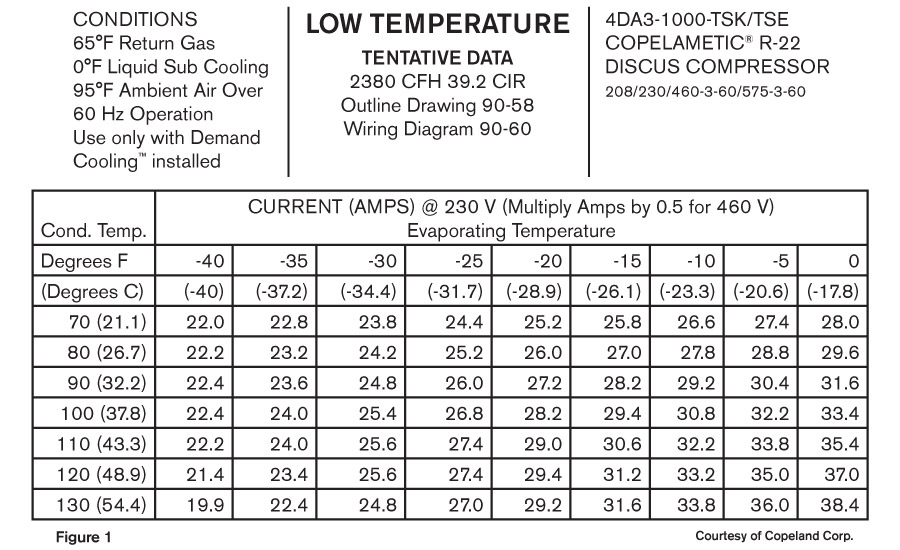

Plus, the resistance will be more consistent and easier for the mod to identify. If you slightly space your coils, you will generally not have hot spots. Skipping the dry burning process is recommended though. If you are using a rebuildable atomizer, stainless steel is the only TC coil material that can be dry-burned if needed-but start at a very low wattage. Check that the resistance is reading accurately and lock the resistance if applicable (typically by pressing the +/- buttons). Then put the atomizer or tank on the mod, and again make sure that it’s tightened down as far as possible (but don’t go crazy with over-tightening). In the case of rebuildables, make sure the leads are trapped firmly.
#Wattage temperature conversion install
Install the coil as normal but take care to ensure it is screwed down tightly, as far as it can be. The easiest way to achieve this is to not use the tank or the mod for at least five minutes before starting. After that, ensure that your mod and tank are both at room temperature so the temperature readings will be more accurate. If the mod has a TCR you can enter the exact TCR value. Put your mod into TC mode and select the corresponding wire type for the coils you have. To maintain a speed, more power is needed to go up a hill than down a hill… but the speed would stay the same. Think of it as a car traveling in cruise control. The resistance change is converted into a temperature increase and the mod adjusts its power to maintain the selected temperature. The mod checks the resistance of the coil at room temperature, then it continues to monitor it as you vape. That’s a particular property of Kanthal: its resistance is static regardless of its temperature.įor TC vaping, you’ll use wires that have a known resistance-increase as their temperature rises. When you vape with Kanthal (the most popular vape wire), that resistance value doesn’t change. You know there’s a coil inside your tank or atomizer that has a resistance, which-if you use any regulated mod-is shown on the screen generally with a “Ω” sign. As a vaper, you’re probably already familiar with resistance. But if you’re curious, TC works because the metal of certain coils predictably increases its resistance as it heats up. We want the internal temperature to be ✬.You can use TC without ever knowing why or how it works. The area of the control panel exposed sides, except for the top is 42 square feet or 3.9 square meters.

The maximum outside temperature expected is ✬. The control panel has two frequency drives totaling 10 horsepower and one module rated at 100 watts. Temperature Difference in Deg F BTU/hr./sq. Provide this information to Nex FlowT to assist in sizing the appropriate cooling system. Note the size and number of any external fans.If you do not know the power used in the enclosure but you can measure temperatures, then measure the temperature difference between the outside at current temperature, and the present internal cabinet temperature.Sum the internal and external heat loads calculated.

per square foot (or watts per square meter) to get the external heat transfer in BTU/hr or in watts.


 0 kommentar(er)
0 kommentar(er)
